Wintry Discontent. Zero sum in the Upper Spey.
8th January 2018
 (Above) En route to Coire a Bheinn this morning I passed by the outlying settlement of Blairgie above near Laggan, overlooked by a snowy Meall na h-Uinneig at 745m. It’s a quiet place at the entrance to the Upper Spey. Not many people live there, and not many people live in Laggan either. Work isn’t easy to come by for its inhabitants. The biggest employer is the local authority and even those sort of jobs are thin on the ground after the last round of local government cuts.
(Above) En route to Coire a Bheinn this morning I passed by the outlying settlement of Blairgie above near Laggan, overlooked by a snowy Meall na h-Uinneig at 745m. It’s a quiet place at the entrance to the Upper Spey. Not many people live there, and not many people live in Laggan either. Work isn’t easy to come by for its inhabitants. The biggest employer is the local authority and even those sort of jobs are thin on the ground after the last round of local government cuts.
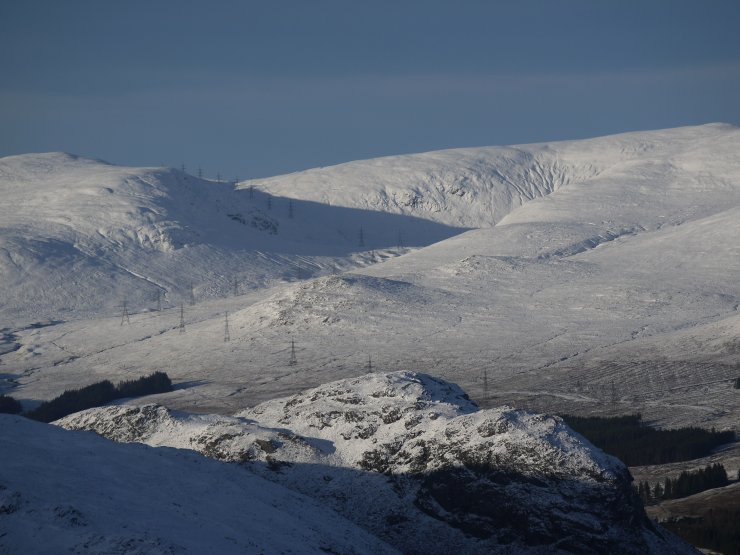 (Above) The upper Spey and the ‘upgraded’ Beauly to Denny electricity pylons, in a serried rank marching up over the Corrieyarack Pass – just visible on the left-hand skyline. We’re told it’s part of the government’s green energy initiative and will bring many, many jobs to Scotland. But maybe not to Blairgie and Laggan. Most of Scottish Hydro Electric Transmission plc’s contractors for the upgrading work came from outside the area. There were a few short term jobs for the locals but precious few full time permanent posts. The money and real jobs went south, to the Central Belt of Scotland. The pylons don’t bring electricity to remote communities, as was the case back in the 1940s when highland hydro schemes delivered mains power to many highland communities for the first time. The new Beauly-Denny pylons and the haul road driven up the glen (a veritable highway) plus its associated infrastructure, are there to service more distant urban communities. This infrastructure will endure though and no doubt foment debate about its legacy amongst future generations. And there’s always an upside and downside when considering legacy.
(Above) The upper Spey and the ‘upgraded’ Beauly to Denny electricity pylons, in a serried rank marching up over the Corrieyarack Pass – just visible on the left-hand skyline. We’re told it’s part of the government’s green energy initiative and will bring many, many jobs to Scotland. But maybe not to Blairgie and Laggan. Most of Scottish Hydro Electric Transmission plc’s contractors for the upgrading work came from outside the area. There were a few short term jobs for the locals but precious few full time permanent posts. The money and real jobs went south, to the Central Belt of Scotland. The pylons don’t bring electricity to remote communities, as was the case back in the 1940s when highland hydro schemes delivered mains power to many highland communities for the first time. The new Beauly-Denny pylons and the haul road driven up the glen (a veritable highway) plus its associated infrastructure, are there to service more distant urban communities. This infrastructure will endure though and no doubt foment debate about its legacy amongst future generations. And there’s always an upside and downside when considering legacy.
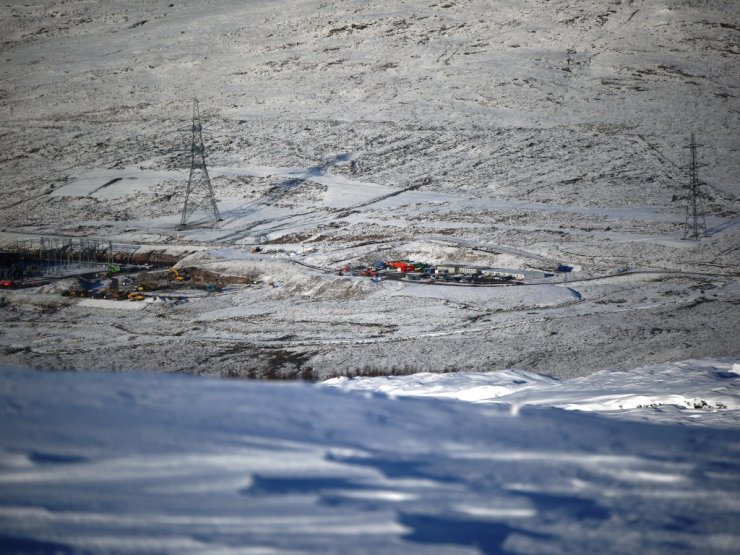 (Above) The Garvamore electrical substation under construction, immediately below Coire a Bheinn, close by to the new pylons. Being built to service the Stronelairg windfarm located deeper in the Monadhliaths but not that far away. A 132Kv underground cable will connect the windfarm with Garvamore substation where it will link into the over head power lines. A 172m x 120m compound will house one 12m high building, and 2 others a little less lofty at 8m. In addition, there’s to be a couple of ‘super grid’ transformers on site with overhead gantries extending to 17m in height. All to be surrounded and secured by a 2.4m high metal palisade fence. Visible? I think so.
(Above) The Garvamore electrical substation under construction, immediately below Coire a Bheinn, close by to the new pylons. Being built to service the Stronelairg windfarm located deeper in the Monadhliaths but not that far away. A 132Kv underground cable will connect the windfarm with Garvamore substation where it will link into the over head power lines. A 172m x 120m compound will house one 12m high building, and 2 others a little less lofty at 8m. In addition, there’s to be a couple of ‘super grid’ transformers on site with overhead gantries extending to 17m in height. All to be surrounded and secured by a 2.4m high metal palisade fence. Visible? I think so.
I get the green argument concerning the efficacy of sustainable low carbon energy sources. I do. What I don’t get is the trade off required to make all this happen. As a blog respondent last year commented, ‘wild spaces are also a finite resource’. So exactly how ‘green’ is this energy?
 (Above) More temporary infrastructure for the building of the Garvamore substation.
(Above) More temporary infrastructure for the building of the Garvamore substation.
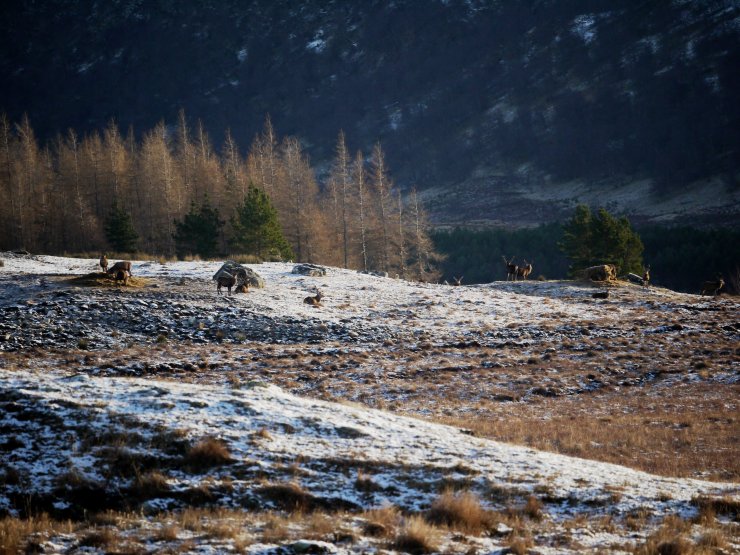 (Above) Red deer feedlots – left and right – by the roadside in the Upper Spey today. I’ve driven up here a couple of times in the past and had to nose the car through herds of deer enjoying the bounty of fodder provided for them specifically by the local estate. The estate don’t own these deer. The deer range unhindered and freely over the mountains. A good number will visit Creag Meagaidh NNR on the other side of the watershed – an immediate neighbour to this estate. Deer are pretty effective eating machines which will graze flat small native hardwood saplings, amongst other things, compromising the natural regeneration of any unfenced woodland. Their numbers are growing and are more or less out of control at the moment. You’ll know that SNH stalkers at Creag Meagaidh NNR are tasked with carefully calibrated culling of deer on their patch in an attempt to stem over-browsing of the native trees SNH are so keen to allow to regenerate at ‘Meggie. Who knows, some of the deer in the photo may well end up in SNH Creag Meagaidh’s game larder tomorrow? Deer numbers are said to be a national problem.
(Above) Red deer feedlots – left and right – by the roadside in the Upper Spey today. I’ve driven up here a couple of times in the past and had to nose the car through herds of deer enjoying the bounty of fodder provided for them specifically by the local estate. The estate don’t own these deer. The deer range unhindered and freely over the mountains. A good number will visit Creag Meagaidh NNR on the other side of the watershed – an immediate neighbour to this estate. Deer are pretty effective eating machines which will graze flat small native hardwood saplings, amongst other things, compromising the natural regeneration of any unfenced woodland. Their numbers are growing and are more or less out of control at the moment. You’ll know that SNH stalkers at Creag Meagaidh NNR are tasked with carefully calibrated culling of deer on their patch in an attempt to stem over-browsing of the native trees SNH are so keen to allow to regenerate at ‘Meggie. Who knows, some of the deer in the photo may well end up in SNH Creag Meagaidh’s game larder tomorrow? Deer numbers are said to be a national problem.
Two estates and two different objectives.
Looking down the other end of the telescope now, let’s not be too hard on the ‘feed ’em up fat’ commercial shooting estate. Whether you approve of them or not, commercial stalking estates do generate income in the Highlands. And jobs. Most of the commercial shooting estate stalkers I know and have come across whilst wandering about in the hills are – to a man – decent, hardworking guys. They live locally, spend their money in local shops, help maintain the school rolls in small rural schools by sending their kids there and, not least, have been really helpful in a couple of rescues I’ve been involved in in the past. They are, literally, the salt of the earth. Without commercial deer shooting those jobs wouldn’t exist.
‘Green’ power vs wild spaces.
Deer: native trees or jobs. Aka: shoot to kill (in numbers), or shoot to thrill (and kill a few).
Conflicted? I am.
Zero sum.
Now, in other news:
 (Above) A brightly lit Coire nan Gall and Coire Dubh with a frozen reservoir upstream of Spey Dam this morning. A welcome sight. Ice almost certainly not thick enough for bicycle antics, Stan!
(Above) A brightly lit Coire nan Gall and Coire Dubh with a frozen reservoir upstream of Spey Dam this morning. A welcome sight. Ice almost certainly not thick enough for bicycle antics, Stan!
 (Above) Looking across the far reaches of the upper Spey and across the watershed into Glen Roy. Far distant peaks somewhere on the other side of Loch Lochy methinks. (Peak spotters’ input welcomed). Coire a Bheinn immediately on the left in the photo. Cold, cold snow which was ‘punchy’ and unsupportive on foot. Hard work if not on skis.
(Above) Looking across the far reaches of the upper Spey and across the watershed into Glen Roy. Far distant peaks somewhere on the other side of Loch Lochy methinks. (Peak spotters’ input welcomed). Coire a Bheinn immediately on the left in the photo. Cold, cold snow which was ‘punchy’ and unsupportive on foot. Hard work if not on skis.
 (Above) Homeward bound. On the shoulder of Carn Dubh looking down onto the Spey Dam reservoir, with the Glen Feshie hills in the far distance. A little redistribution of snow as the winds picked up today with more in prospect overnight and Tuesday. Facetted grains a real feature in our snowpack at the moment.
(Above) Homeward bound. On the shoulder of Carn Dubh looking down onto the Spey Dam reservoir, with the Glen Feshie hills in the far distance. A little redistribution of snow as the winds picked up today with more in prospect overnight and Tuesday. Facetted grains a real feature in our snowpack at the moment.
Comments on this post
Got something to say? Leave a comment


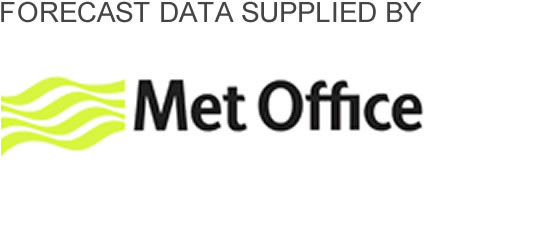
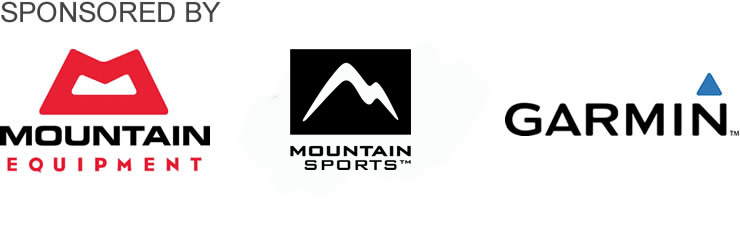
Stan Wygladala
9th January 2018 11:40 am
I see you are struggling with the age old quandary of the environment versus people needs versus business.
There are many questions around this but no answers.
What I have observed over many years:
– businesses exist, in 99% of cases, to ultimately make a profit. They are not there with the principal aim of helping the people or the environment.
– business justification plans nearly always include the promise of local jobs, improvement to infrastructure or building of affordable housing. They only rarely deliver these in any numbers.
– public protest has little to no effect on the granting of permissions to build, dig, damage the environment, or ruin beauty. Wltness the debacle on fracking.
– the general public will only ârise upâ in protest if the issue effects them personally, specifically economically. Witness poll tax.
– you (one) are only able to change things over which you have absolute control. Witness removal of cairns.
– Voltaire said âtend your own gardenâ. I used to think he was wrong, but no longer do. You only knock yourself out trying to influence matters outside of your control.
-you (one) feel very bad if you do nothing about issues you really care about. Told you there were no answers.
On the positive side, otters have returned to the harbour in Bristol, I see peregrine, sparrow hawks, and buzzards nearly every day and wild boar are causing mayhem in the Forest of Dean.
And, oh yes, venison is really tasty.
And, I am desperately trying to convince myself that bloody wind turbines are things of beauty.
meagaidhadmin
9th January 2018 12:25 pm
Many thanks for your response, Stan.
Pithy comment, steeped in reality.
Re. Land-based wind turbines. I look upon them as religious symbols: a belief system (and supported by government subsidy). If we’ve really got to have them let’s put them out at sea where they work best.
robert johnstone
21st October 2019 10:54 pm
Loch Lochy in distance, Ben Tee, Sron a Choire Ghairbh and Mealna Teanga left to right. Stunning view in a stunning area
meagaidhadmin
22nd October 2019 6:36 pm
…..reference to photo No.7